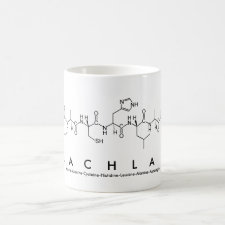
Authors: Danylec B, Schwarz LJ, Harris SJ, Boysen RI, Hearn MTW
Article Title: The Application of Template Selectophores for the Preparation of Molecularly Imprinted Polymers.
Publication date: 2015
Journal: Molecules
Volume: 20
Issue: (9)
Page numbers: 17601-17613.
DOI: 10.3390/molecules200917601
Alternative URL: http://www.mdpi.com/1420-3049/20/9/17601/htm
Abstract: Molecularly imprinted polymers are versatile materials with wide application scope for the detection, capture and separation of specific compounds present in complex feed stocks. A major challenge associated with their preparation has been the need to sacrifice one mole equivalent of the template molecule to generate the complementary polymer cavities that selectively bind the target molecule. Moreover, template molecules can often be difficult to synthesise, expensive or lack stability. In this study, we describe a new approach, directed at the use of synthetic selectophores, chosen as readily prepared and low cost structural analogues with recognition groups in similar three-dimensional arrangements as found in the target molecule. To validate the approach, a comparative study of selectophores related to the polyphenolic compound (E)-resveratrol has been undertaken using traditional and green chemical synthetic approaches. These molecular mimic compounds were employed as polymer templates and also as binding analytes to interrogate the recognition sites associated with the molecularly imprinted polymers. Importantly, the study confirms that the use of selectophores has the potential to confer practical advantages, including access to more efficient methods for selection and preparation of suitable template molecules with a broader range of molecular diversity, as well as delivering imprinted polymers capable of recognizing the target compound and structurally related products.
Template and target information: selectophores, resveratrol
Author keywords: selectophore, template, molecularly imprinted polymer, resveratrol



Join the Society for Molecular Imprinting

New items RSS feed
Sign-up for e-mail updates:
Choose between receiving an occasional newsletter or more frequent e-mail alerts.
Click here to go to the sign-up page.
Is your name elemental or peptidic? Enter your name and find out by clicking either of the buttons below!
Other products you may like:
 MIPdatabase
MIPdatabase









